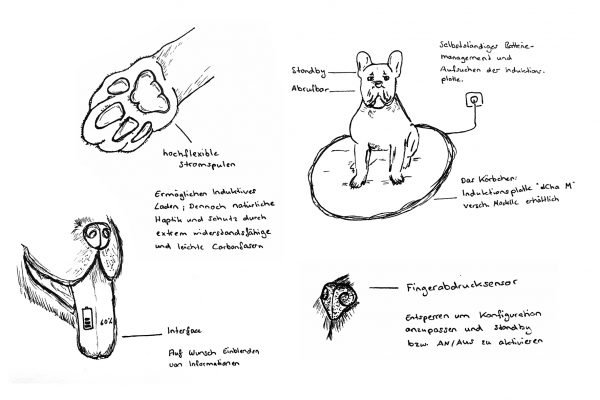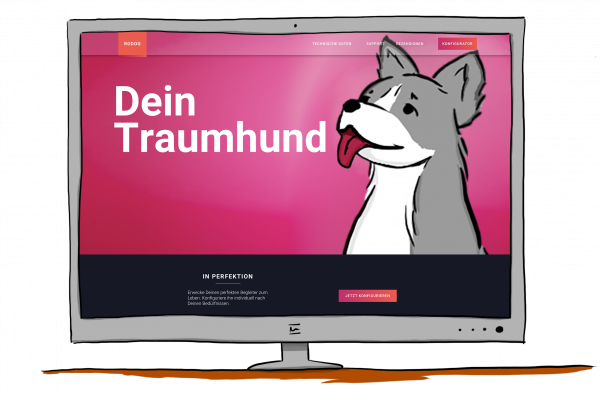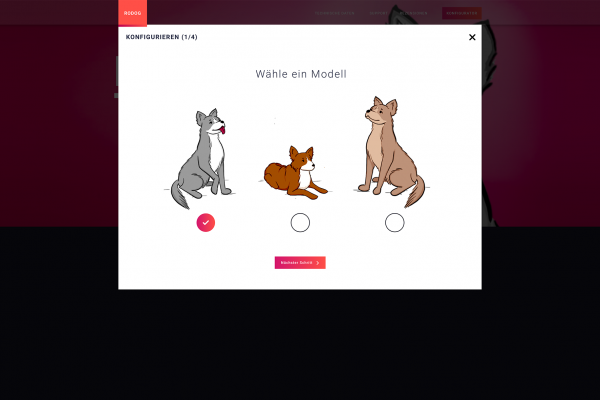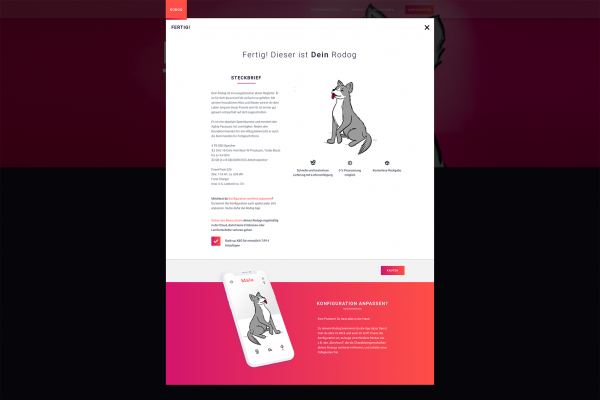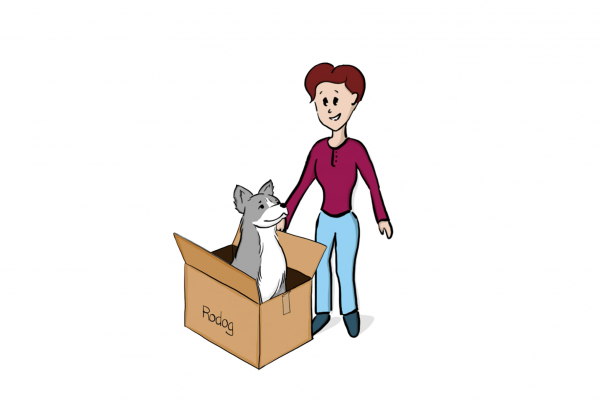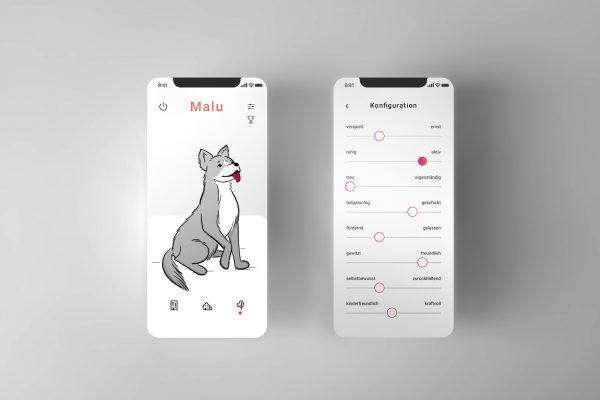Problem Statement
Speculative design projects a possible future without claiming to be realistic. Thus, using speculative design is a demonstrative way to criticize new technologies, inventions and general advancement. The more frequent usage of AI technology opens up a whole new world of possibilities but also of consequences for the user and the general public. With the use of speculative design, a concept should be created that shows how AI could be used in the future and how it affects the environment around it. Aspects like realism or practicability are less important than portraying a message with the created designs.


